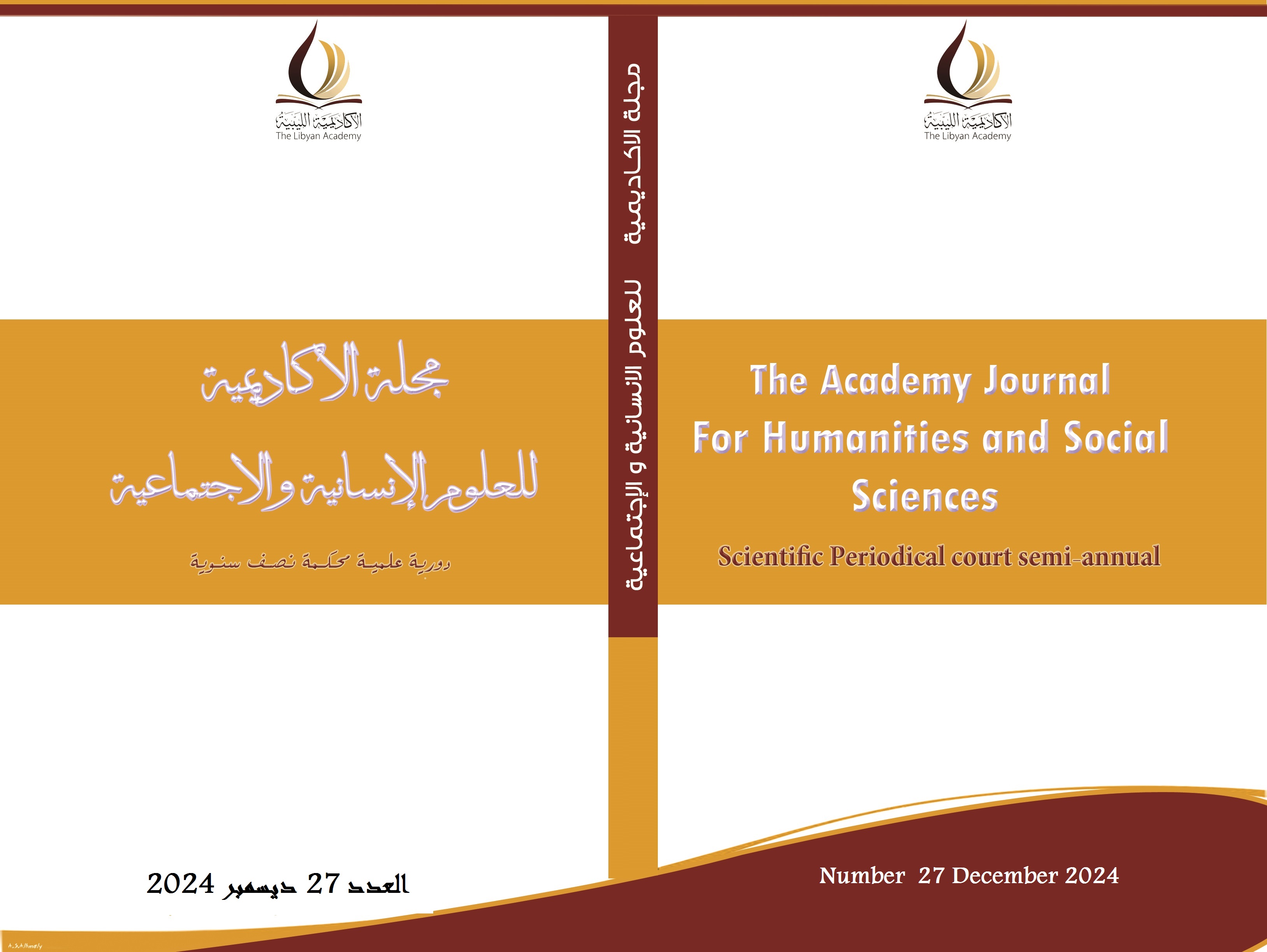Challenges facing deaf students and development proposals
Case study: Al Amal School for the Deaf
DOI:
https://doi.org/10.64095/ajhss.v15i27.87Keywords:
Challenges, Deaf students, Development Proposals, Al Amal School for DeafAbstract
The study aimed to uncover the challenges facing deaf students and development proposals in Hebron Governorate. The researchers used a comprehensive survey of the study population consisting of (20) female teachers working at Al Amal School for Deaf Children, using an electronic questionnaire prepared for this purpose. The study concluded that there are moderate challenges facing deaf students. The most prominent challenges were financial challenges, followed by, psychological, academic, administrative, and social challenges. The results also showed that the academic curricula were not suitable for the needs of deaf students, as well as a weakness in the audio aids and infrastructure necessary for deaf students. The results indicated that deaf students felt bullied by others, and finally the results indicated the lack of financial support provided by the Palestinian government to associations concerned with the care of deaf students. The study came out with several recommendations, most notably: (that the Palestinian government allocate part of its budget to support associations concerned with the care of deaf students, and give more attention and care to deaf students through educational and psychological programs that contribute to enhancing the status of deaf students in society).
Downloads
Published
How to Cite
Issue
Section
License

This work is licensed under a Creative Commons Attribution-ShareAlike 4.0 International License.





